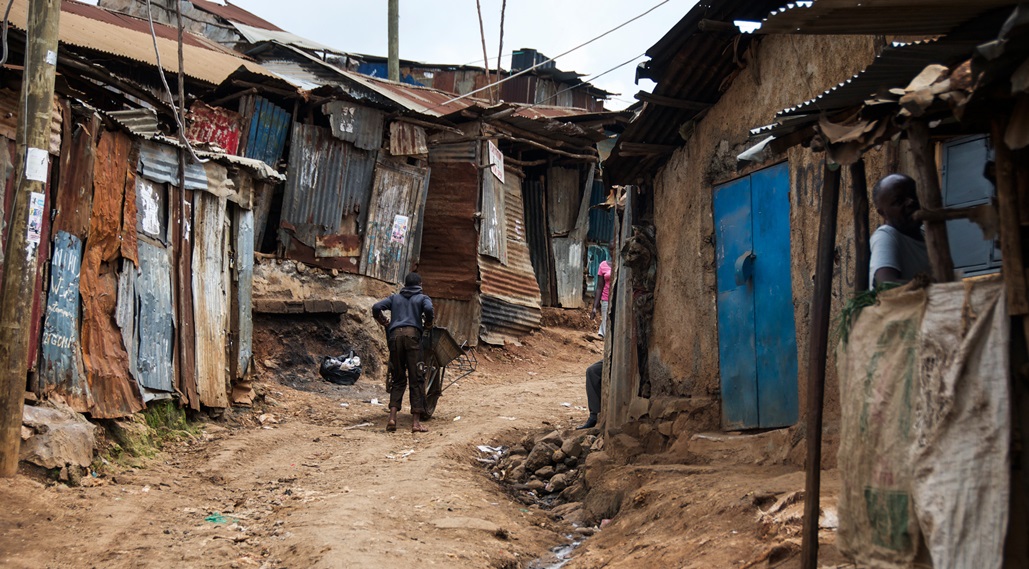Back in 1842, Charles Dickens described Manhattan’s most notorious, disease-addled slum as “A kind of square of leprous houses.”
Five Points was eventually demolished, and today the neighbourhood where it once festered boasts some of the most expensive houses in New York.
For centuries, demolishing these settlements was seen as the noble thing to do. Ramshackle assortments of shacks would be razed to the ground, and replaced with more respectable establishments, such as public buildings. After all, who would want to live in a slum anyway?
Of course, there’s one major problem with this strategy: the slum’s former inhabitants often had nowhere to go.
At Five Points, thousands of homes were demolished to make way for parks and courthouses. The US government didn’t have a plan for what to do with the people left behind.
Fast-forward to 2019, and the world’s slums are expanding at an alarming rate. There are already around a billion people living this way, and as climate change sets in and the mass exodus out of the countryside and into major cities gathers pace, many more are expected to join them.
But while some slums are still under attack—parts of Kenya’s largest slum, Kibera—have just been bulldozed, leaving 20,000 people homeless – this model of regeneration has been gradually falling out of fashion.
Instead, an alternative philosophy has been emerging, one that involves investing in the poorest neighbourhoods instead of destroying them.
Enter slum upgrading – the process of gradually improving these communities until they’re seamlessly incorporated into the city that they occupy.
From laying roads and pumping in clean water, to building stronger houses and allowing people to own their land, the ultimate aim is to provide all the same rights and amenities that you would expect in a normal residential area.
Photo of Kibera via Adobe Stock.

